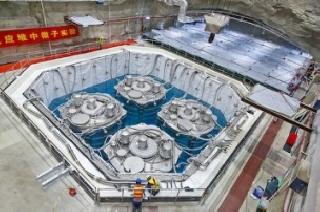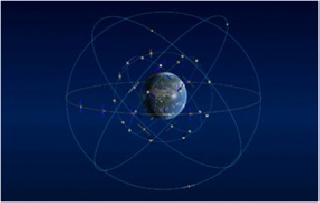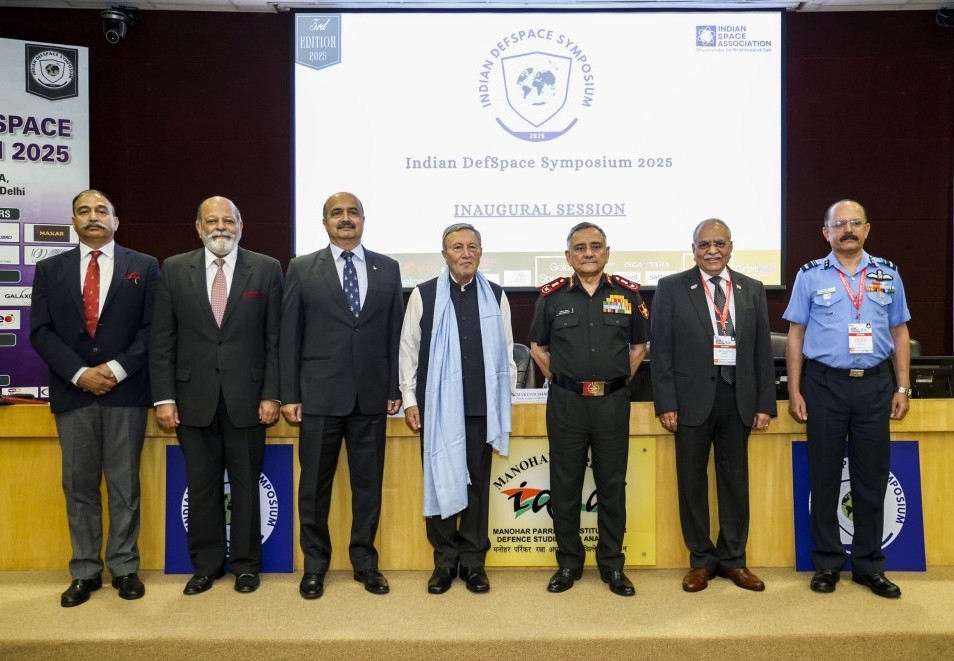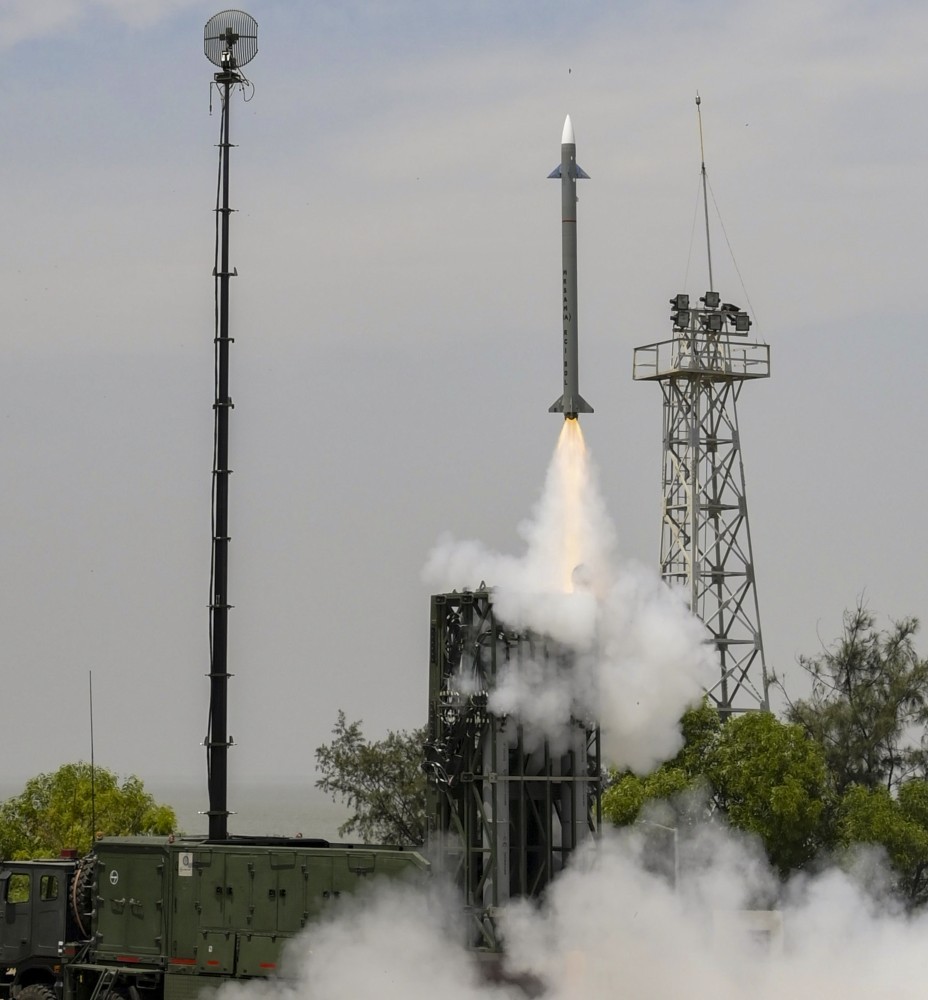
A pool holding four anti-neutrino detectors begins filling with ultra-pure water in September, 2012 at the Daya Bay Neutrino experiment. The experiment, just recognized by Science magazine as a breakthrough of the year, is helping to explain why the universe contains virtually no anti-matter. Image credit: Credit: Roy Kaltschmidt, Lawrence Berkeley National Laboratory
WASHINGTON (PTI): Scientists have solved the puzzle of the Universe being dominated by matter rather than its close relative anti-matter.
Physicists at the University of Wisconsin-Madison made a precise measurement of elusive, nearly massless particles, and obtained a crucial hint as to why the Universe is dominated by matter.
The particles, called anti-neutrinos, were detected at the underground Daya Bay experiment, located near a nuclear reactor in China.
Anti-particles are almost identical twins of sub-atomic particles (electrons, protons and neutrons) that make up our world. When an electron encounters an anti-electron, for example, both are annihilated in a burst of energy.
Failure to see these bursts in the Universe tells physicists that anti-matter is vanishingly rare, and that matter rules the roost in today's Universe.
"At the beginning of time, in the Big Bang, a soup of particles and anti-particles was created, but somehow an imbalance came about," says Karsten Heeger, a professor of physics at UW-Madison.
"All the studies that have been done have not found enough difference between particles and anti-particles to explain the dominance of matter over anti-matter.
"But the neutrino, an extremely abundant but almost massless particle, may have the right properties, and may even be its own anti-particle," Heeger said in a statement.
"And that's why physicists have put their last hope on the neutrino to explain the absence of anti-matter in the Universe," he said.
Reactors, Heeger says, are a fertile source of anti-neutrinos, and measuring how they change during their short flights from the reactor to the detector gives a basis for calculating a quantity called the "mixing angle", the probability of transformation from one flavour into another.
The measurement of the Daya Bay experiment even before the last set of detectors was installed, showed a surprisingly large angle, Heeger said.
"People thought the angle might be really tiny, so we built an experiment that was 10 times as sensitive as we ended up needing," the researcher said.
 Previous Article
Previous Article Next Article
Next Article













The Indian Air Force, in its flight trials evaluation report submitted before the Defence Ministry l..
view articleAn insight into the Medium Multi-Role Combat Aircraft competition...
view articleSky enthusiasts can now spot the International Space Station (ISS) commanded by Indian-American astr..
view article